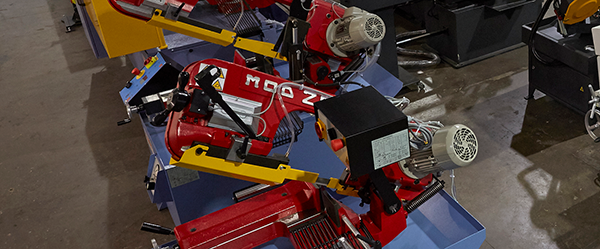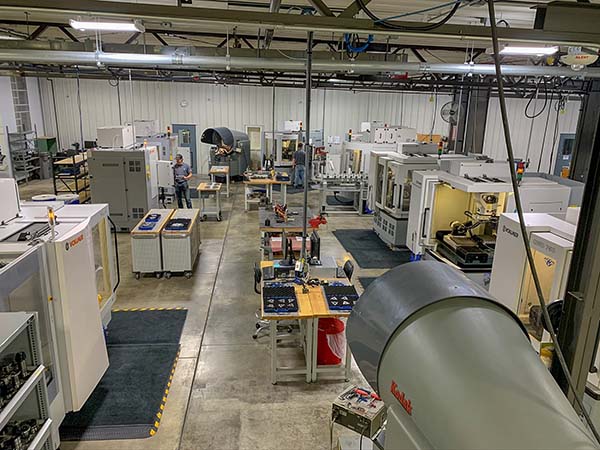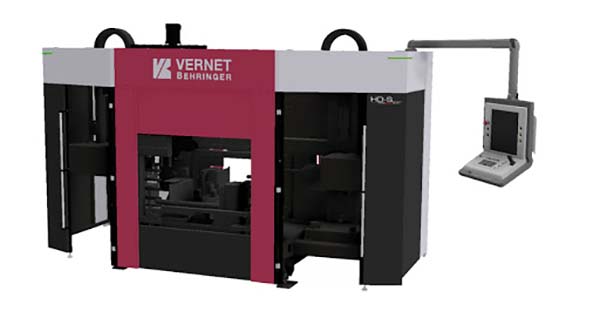Bison Machinery says that its two best-selling machines are, perhaps unsurprisingly, bandsaws, which feature in nearly every fabrication workshop. The company’s top-selling saws are easily the Bianco 280 M and 420 MS models, between them accounting for 60% of saw sales by volume.

Both of these machines are precision European-built models with a modern cast bow design produced to exacting standards. Bison regularly has customers coming back to update Bianco saws that were installed in the 1990s and 2000s. And even these part-exchange machines – after a refurbishment – will give further service to a company seeking a low-cost cutting solution.
As well as the 280 M pull-down and 420 MS automatic down-feed models, Bianco manufactures a full range of solutions from manual, through semi-automatic, to fully automatic mitring machines.
The Bianco 280 M pull-down bandsaw is pitched as ideal for those looking to graduate from noisy chop saws as they are accurate, easy to use and quiet cutting. With high capacity for the footprint, an easy pull-down action and inherent safety features, the 280 M mitres up to 60° with a positive stop at 0° and 45° for quick mitres and a scale for any angle between. A sturdy 27 mm blade width and carbide blade guides ensure accurate, perpendicular cuts every time within the life of the blade.
For those running out of capacity on a smaller machine or needing something to cope with a range of materials up to mid-size box and tube, along with smaller beams, the 420 MS is Bison’s recommendation. With all the precision-build features of the 280 M, the 420 MS sees the addition of a valved down-feed cylinder to control saw-frame descent.
For further information
www.bisonmachinery.co.uk























